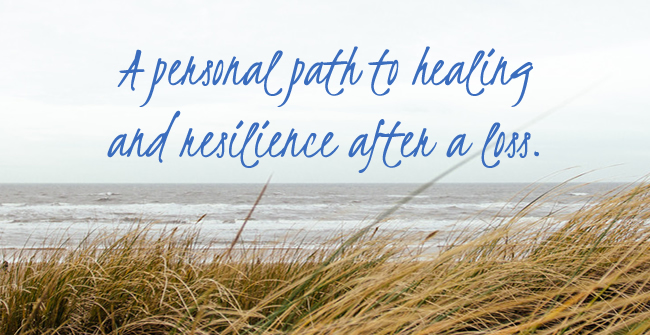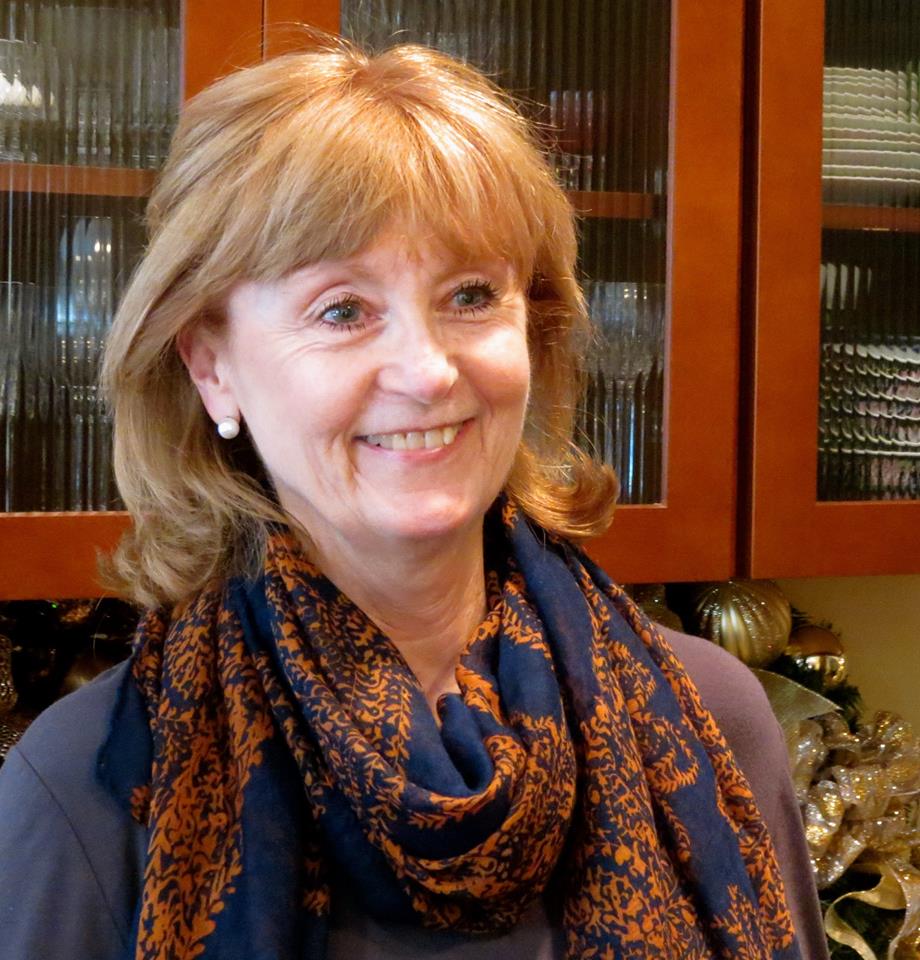I always think of priests as people who have heard and seen it all.
After years of listening to thousands of people confess their sins (large and small), and executing innumerable weddings, funerals and baptisms, I can’t imagine that priests are surprised by anything anybody does. I’m sure their deep faith gives them hope and optimism about human behavior but there probably isn’t anything new under the sun for them.
Until I read about Monsignor Robert Weiss.
Weiss is a priest at St. Rose of Lima parish in Newtown, CT and he horribly lost more than 10 parishioners in the tragic and shocking shooting of December 14 at the Sandy Hook Elementary School. Weiss personally knew many of the children who died at the school for he had baptized them and he compassionately stayed at the scene to continue to counsel and absorb the anxiety, regrets and raw grief of the schoolchildren’s parents.
Weiss was interviewed on television about the shooting. I watched him try to describe what the people of the town were feeling and during the interview he started to cry.
I silently thanked him for crying on television, for showing his vulnerability and his strength. It is not a sign of weakness to cry. It is letting your grief run free and in that freedom is where you can sometimes find the strength to go forward and to also find a sense of healing.
After my husband died, I cried a lot. My son had a hard time watching this happen and always asked me to please stop. But I really couldn’t. Sometimes it was in public and sometimes it was privately. But my tears were my way of releasing my grief and I always felt better afterwards.
Grief that is held inside only keeps hurting.
People are afraid to talk to others who are grieving because they think that by mentioning the deceased person’s name they will upset them and they will cry. So what if they cry? Take their hand and hold it. Put your arms around them and hug them. Quietly tell them they are not alone.
Monsignor Robert Weiss has shown us how to handle unspeakable acts of horror and deep grief. Here is The Washington Post story about his beautiful acts of human kindness:
By Anne Hull, Published The Washington Post: December 16
NEWTOWN, CONN. — As if it were any normal day, Monsignor Robert Weiss had his usual breakfast at the Sandy Hook Diner — a short stack of French toast and two strips of bacon. Waitresses call it the “Monsignor Special.”
Within hours of that hometown breakfast Friday, Weiss found himself in a room at a firehouse, with parents on folding chairs, in what would become one of the worst days in American history.
The 66-year-old priest is known as Father Bob to the 3,500 families who belong to St. Rose of Lima Catholic Church. On Sunday, what Father Bob craved — after long hours of counseling and grieving and not enough sleep — was a good Scotch and a place to let go. Half of the 20 children killed at Sandy Hook Elementary were members of Weiss’s congregation, and he had baptized many of them.
After the 10:30 a.m. Mass on Sunday, in a rectory full of law enforcement officers and priests, Weiss wept.
Nothing at seminary had trained him for this week. Nothing about his 13 years at St. Rose. Nothing about his understanding of the world.
“I thought about Paul,” said Weiss, his black clergy shirt unbuttoned and his white collar in his shirt pocket like a pen. “Paul said, ‘In my weakness I find my greatest strength.’ ”
On Friday morning, Weiss was working in his office when he received a call from authorities to lock down the school at St. Rose. There had been a school shooting. Weiss left the rectory and walked 100 yards to the church, where students were gathered for regular Friday morning Mass. Weiss interrupted the priest who was officiating and told him to stop and keep the students inside the church.
When Weiss heard that the shooting had occurred at Sandy Hook, less than a mile away, he grabbed two other priests from St. Rose, and they rode in Weiss’s BMW to the school. Three priests in clergy collars were a welcome sight.
“I’m so glad you’re here,” said the police officer who flagged them through the secured perimeter.
When Weiss pulled up, he saw teachers organizing students into lines in the parking lot. The second-grade teacher held up a sign that said two, and the third-grade teacher held up a sign that said three. And the students — who had been told to close their eyes while they evacuated the building to avoid seeing the carnage as they rushed past — obediently began forming lines.
Not every child was there. Some had run into the woods when they heard the shots. A few had run home. And some were inside the school.
Frantic parents were arriving. Children burst from their lines upon seeing their mother or father, while parents ran toward the lines.
Reunion after reunion whittled the lines down, leaving only parents, empty-handed and desperate. They were taken to the nearby firehouse where the Sandy Hook Volunteer Fire and Rescue Company operated.
Weiss walked over, too. He knew half the parents from St. Rose. He had officiated at their weddings and the baptisms of their children, some of whom were now unaccounted for.
Inside the firehouse, parents texted relatives, called babysitters to stay late and called around to likely places where their missing children might have gone.
That room, too, was whittled down.
“If your child’s name was not called, please go into this room,” an official said, directing the remaining parents into an adjoining room.
Investigators asked each parent for a photo of his or her child. Wallets and purses came out. No shortage of photos. Next came the questions. What color is your son’s hair? What did she wear to school that morning?
They all had a child in the first grade. They were hoping and praying that a classroom had not yet been evacuated, or that their child had been taken to the hospital. Couples debated which one should leave to check the hospitals.
In the room of folding chairs, time passed. Weiss felt the tension rising in equal measure to the sense of dread. Parents started coming to him with regrets.
A mother said she shouldn’t have taken her daughter’s DVD player away. “She wasn’t a bad child,” the mother told Weiss. Another mother who came to Weiss said it was her fault she sent her daughter to school that morning. She blamed herself, telling the priest she wasn’t fit to raise her other children.
About 3 p.m., Connecticut Gov. Dan Malloy came into the room. The gruesome announcement was his to make: 27 people inside the school had been killed, and 20 were children. All would be taken to the medical examiner’s office.
With the news came the most raw display of human grief that Weiss had ever seen or imagined — wailing, weeping, screaming, people sinking to the floor.
Some parents wanted to go inside the school and see their children. They insisted or begged. They wanted to go inside the school. The answer was no. The school was a crime scene and couldn’t be disrupted. The parents did not yet know an assault rifle had been used to kill the children.
The room began to clear out. At 3:20, a mother’s cellphone rang with the reminder to take her son to Cub Scouts.
That night, Weiss was called to the police station and was assigned to call at the homes of two victims, along with a state trooper and a grief counselor.
He knocked on one door at midnight — that of a husband whose wife had been killed in the shooting — and the next door at 1:30 a.m.
Weiss knew both families well. They belonged to his church.
In all those hours of counseling and comforting, no one asked the priest, “Why?” The question came later, starting on Sunday, and Weiss did not have an answer.













Leave a Reply